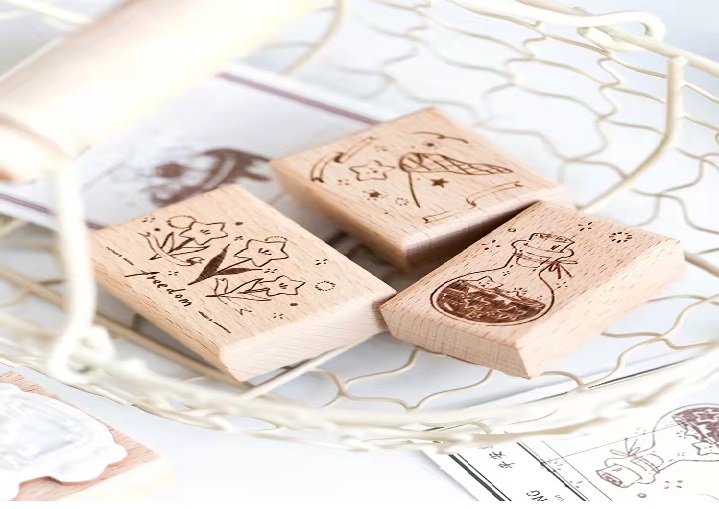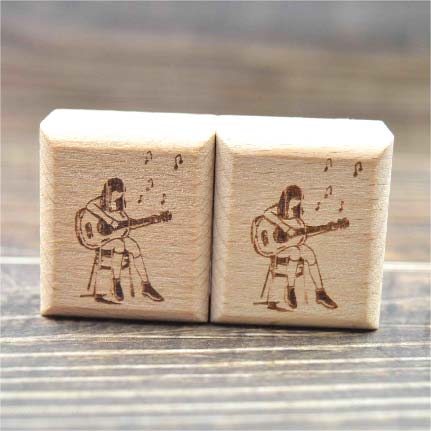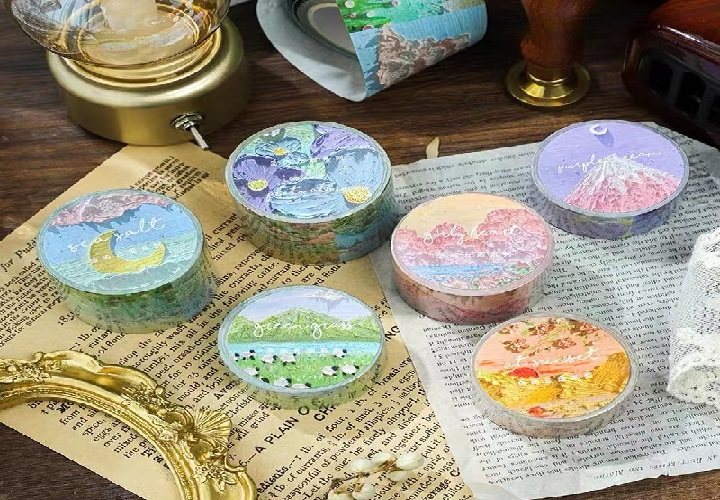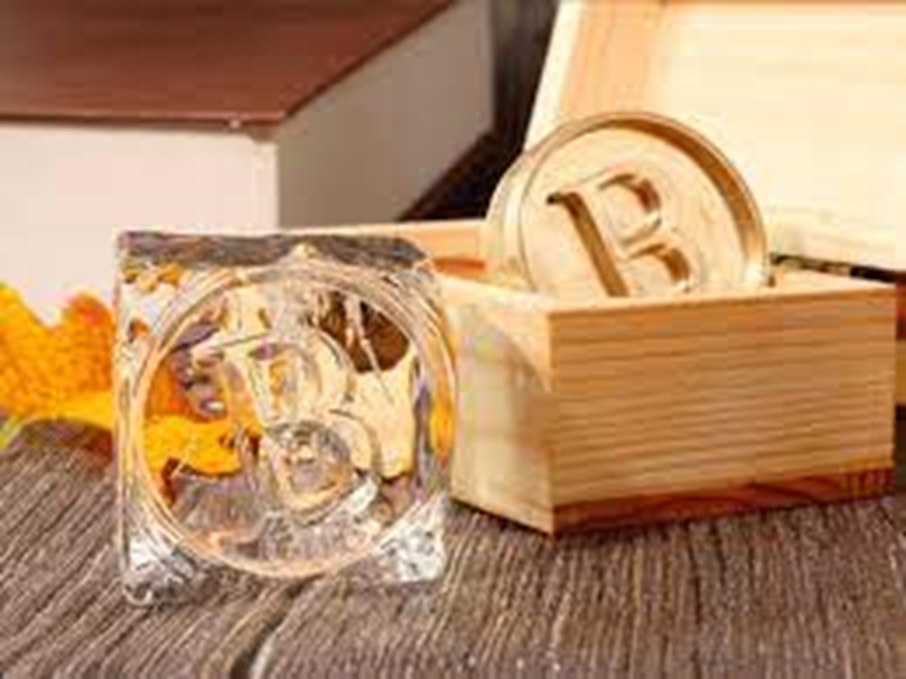Even in this day of screens and keyboards, the timeless appeal and usefulness of the rubber stamp make it stand out in a variety of professional and personal contexts. This humble tool, which is frequently disregarded, is a monument to effectiveness and simplicity in a world where technology is advancing at a rapid pace. Examining the rubber stamp’s historical significance reveals its adaptability and timeless significance in a variety of contexts.
- History and Evolution
Marks were imprinted into clay in ancient civilisations such as China and Egypt. Over the ages, the idea of stamping has changed and evolved, evolving over centuries. Due to its versatility and ease of use, rubber was first used in the 19th century to produce stamps, completely changing the industry. Notary seals and elaborate artistic designs are just two examples of specialized stamps that have been made possible by advancements in manufacturing techniques and materials over time.
- Functional Diversity
The uses for rubber stamps are not limited to standard office tasks. Its versatility is put to use in personalization, artistic expression, legal documentation, and authentication. With applications ranging from certifying official documents to personalising handmade cards, the rubber stamp’s adaptability gives it a multipurpose use that appeals to both enthusiasts and professionals.
- Office Efficiency
Rubber stamps expedite administrative work in business settings by enabling prompt document date marking, approvals, and signatures. Their accuracy and reliability greatly lower the possibility of error and help office operations runs more smoothly. Additionally, they help with branding by easily imprinting logos or particular messages, which reinforces a business’s identity.
- Artistic Expression
In addition to its functional use, the rubber stamp can be used as a canvas for creative projects. Artists use custom-made stamps to incorporate elaborate textures, patterns, and designs into their works. Because of the stamp’s versatility, people can use it for anything from scrapbooking to textile printing, which lets them express their creativity and give their work a unique touch.
- Environmental Impact
Rubber stamps are an environmentally friendly substitute for printed materials or disposable paper labels, despite the common misconception that they are antiquated or harmful to the environment. A single rubber stamp can be used repeatedly with the right upkeep, which lowers waste and carbon emissions and is consistent with sustainable practices.
- Personalization and Customization
Customization is one of the most appealing features of rubber stamps. Custom-made stamps give people the chance to imprint their distinct identity and style on a variety of items, whether for weddings, special occasions, or personal branding. The unique flair that a rubber stamp adds to personalized items ranges from monograms on stationery to elaborate designs on handcrafted gifts.
- Educational Utility
Teachers use rubber stamps as teaching tools in the classroom to give feedback, grade assignments, and give students rewards. These stamps transform mundane tasks into interesting interactions while also saving time and adding a motivating element for students. They also help streamline administrative procedures and organize paperwork in educational institutions.
Conclusion
The rubber stamp’s continued relevance is undeniable in a time when technological advancements are constantly redefining our interactions. Its ease of use, versatility, and functionality make it a vital tool that combines customs with contemporary demands. The rubber stamp is a classic tool that never goes out of style, whether it is used for personal or professional purposes. It is a symbol of efficiency, creativity, and timeless elegance.





